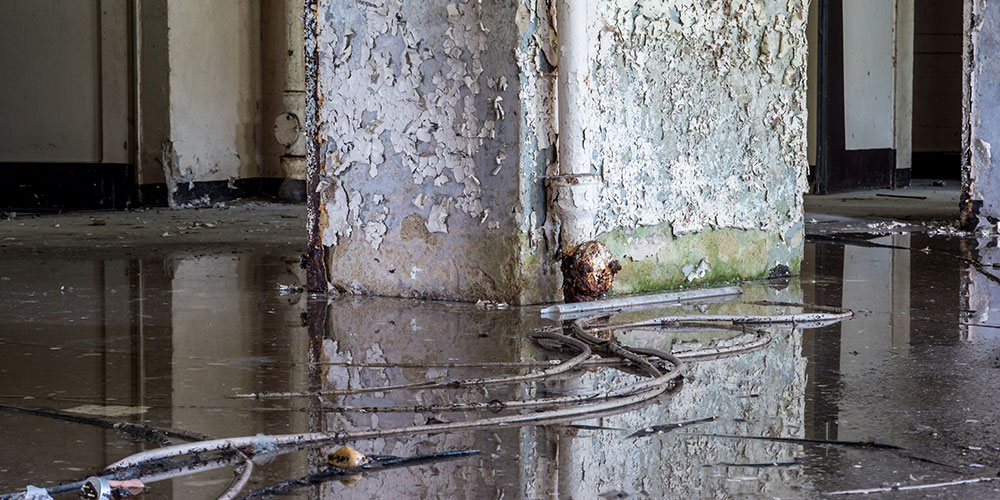2 MIN READ
Cleaning And Remediating Mold In Crawlspaces And Basements
SFW Construction is a Portland Mold Contractor that specializes in Crawlspace and basement mold removal in Portland, Oregon. Basements and crawlspaces are very common spaces in your home where mold growth can occur. Most people spend little time in unfinished basements, and they rarely if ever go into their crawlspace. Often this can lead to mold growth and infestations that can go unchecked for quite some time. Which means these issues can have already grown significantly. SFW Construction is the premier mold contractor in the Northwest. We specialize in mold detection, testing, and removal.
Causes Of Mold In Crawlspaces And Basements
Crawlspaces
The predominant cause of crawlspace mold is due to moisture and humidity. Crawlspaces are located between your floor system and the earth surrounded by your foundation. If there is any standing water in your crawlspace area that is a bad sign. Water could be seeping around your foundation footings or the groundwater level may be high. These moisture conditions are optimal for fostering mold growth. Mold only needs components to begin a growth cycle, moisture being one, and a food source like framing lumber being the other.
Basements
Basements are another area of your home that has a high likelihood of discovering mold. Cracks in your foundation walls can allow moisture to begin growing mold on your concrete or the back of your drywall in a finished space. The older your home is the greater the probability of foundation cracking to occur. Even condensation issues due to improper venting and HVAC conditions can be conducive to mold growth. Standing water, or flooding, as a direct result of sump pump failure can also begin the cycle. Remember, sump pumps require electricity. Make sure to inspect your basement if you lose power in a storm for any significant length of time.
Here Are 7 Steps Homeowners Can Take To Prevent Mold In The Crawlspace And Basement.
- Examine all visible foundation walls and inspect them for any cracks or fissure that water can enter your home.
- Make sure your downspouts and gutters are functioning correctly. Make sure your downspouts are directing water in your storm system, or they are running out at least 6 feet from your foundation. Make sure sprinklers aren’t directing bulk water towards your foundation.
- Adequate ventilation is required, at least 1 square foot of ventilation for every 150 square feet of unconditioned crawl space. Proper venting is key in preventing crawlspace mold.
- In unconditioned (vented) crawlspaces the floor system should be properly insulated between joists and rim.
- Make sure there aren’t any tares or voids in your vapor barrier. The vapor barrier should be defect free plastic sheeting that covers the entire space and returns up the foundation wall 12 inches.
- Inspect your HVAC ducts and plumbing lines for leaks, especially around joints, elbows, and seams. Warm air from HVAC leaks can promote humidity and condensation. Plumbing leaks can introduce moisture that can ignite the growth cycle.
- Determine if your dryer venting is in your basement or running through your crawlspace. The venting needs to be taped at all connection points. Dryer venting must direct warm-moist air outside, NOT in your home.
SFW Construction Helps Homeowners
If you have observed any of these signs, or just want to seek the advice of a professional, SFW Construction is the mold company to call. We are the company Northwest homeowners trust for crawlspace mold removal. Call us today to schedule a mold inspection, or to get on or schedule for cleaning and removal.


